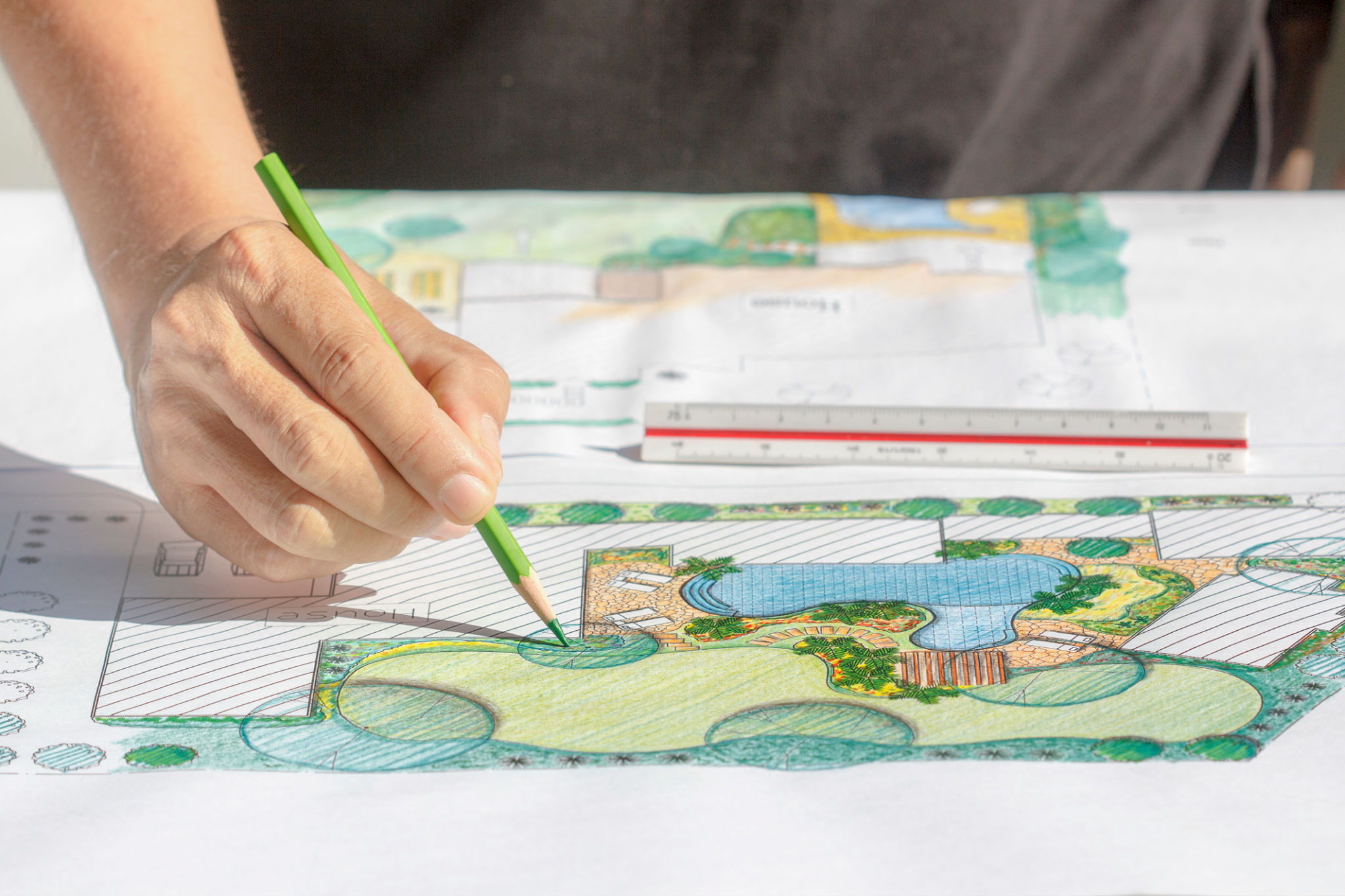Case Study: How HB LandCare Transformed a Local Commercial Property into a Green Oasis
Introduction to HB LandCare's Vision
In the bustling world of commercial land management, creating a green oasis amidst concrete structures is no small feat. HB LandCare, a leading landscaping company, took on this challenge with a local commercial property, transforming it into a lush, sustainable environment that serves both aesthetic and environmental purposes. This case study delves into the meticulous process and innovative strategies that led to this remarkable transformation.

The Initial Challenge
The property in question was a typical urban commercial site, dominated by asphalt and steel, offering little in terms of greenery or aesthetic appeal. The challenge was to create a welcoming space that not only beautified the area but also promoted biodiversity and environmental sustainability. The owner's vision was clear: convert this stark landscape into a vibrant green oasis that employees and visitors could enjoy.
Site Assessment and Planning
HB LandCare began with a comprehensive site assessment to understand the soil conditions, light exposure, and existing vegetation. The team collaborated closely with the property owner to align their landscaping goals. This stage was crucial for developing a tailored plan that would ensure the long-term health and beauty of the landscape.

Implementing Sustainable Practices
One of the core principles of HB LandCare's approach was sustainability. The team employed several eco-friendly practices throughout the project:
- Native Plant Selection: Choosing plants native to the region helped minimize water usage and maintenance while supporting local wildlife.
- Water Management: Installing an efficient irrigation system reduced water waste significantly.
- Soil Rehabilitation: Enhancing soil health by incorporating organic materials improved plant growth and resilience.
The Transformation Process
The transformation process was carried out in phases, ensuring minimal disruption to the property's daily operations. The initial phase focused on soil preparation and the installation of essential infrastructure, including pathways and irrigation systems. This was followed by the introduction of diverse plant species, carefully selected for their adaptability and aesthetic qualities.

Creating Functional Outdoor Spaces
Beyond aesthetics, HB LandCare prioritized functionality. The design included seating areas, walking paths, and shaded spots to encourage outdoor activity. These spaces were thoughtfully integrated into the landscape, inviting employees and visitors to relax and enjoy nature within an urban setting.
Impact and Benefits
The transformation of the commercial property had profound effects on both the environment and the community. The newly established green spaces not only enhanced biodiversity but also contributed to improved air quality. Employees reported increased satisfaction and productivity, attributing it to the pleasant outdoor environment.
Community Engagement
The project also sparked community interest, serving as a model for sustainable landscaping in commercial settings. HB LandCare organized tours and workshops to educate others on the benefits of green spaces, fostering a sense of environmental responsibility within the community.

Conclusion: A Model for Future Projects
This case study of HB LandCare's work illustrates how thoughtful landscape design can transform an ordinary commercial property into a thriving green oasis. By prioritizing sustainability and functionality, HB LandCare not only met but exceeded the expectations of their client. This project stands as a testament to the potential of green spaces in urban environments, offering inspiration for future developments in commercial landscaping.
